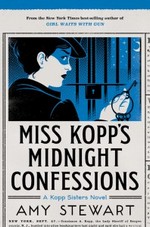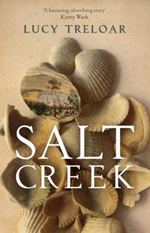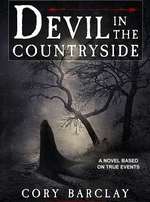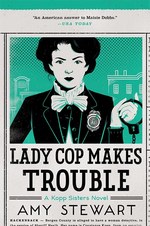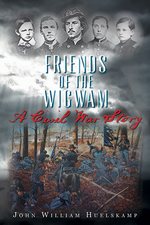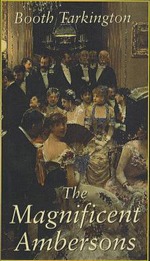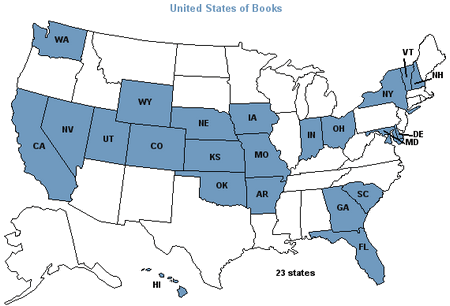Sometime in the reading of this novel, it occurred to me that I don’t think I’ve ever read a novel about life on the frontier (American or, now, Australian) written with a male as the central character — Laura Ingalls, Caddie Woodlawn, a few others I can’t think of the names of, all female. Clearly, that’s not that important, and even more clearly, I’ve not read deeply in this area — I just found it odd.
—
by Lucy Treloar
Kindle Edition, 464 pg.
Aardvark Bureau, 2015
Read: August 29 – 31, 2017

Memories are just the survivors of complete events and are not easy to interpret; in the recalling they can be used to create a story that is only partially true or not true at all.
It’s the mid-1850’s and Hester Finch and her family are settling in the Coorong region, after her father’s finances fall apart in Adelaide (which follows them falling apart elsewhere before). This is clearly their last chance, but with some luck and determination, they should be able to survive — even if they can’t rebuild their fortunes enough to return to town. It’s too much of a step down for their mother, who seems ill-equipped for Australia at this time, much less the Coorong, and Hester has to step up and shoulder more responsibilities for the running of the household and the raising/educating of her younger siblings.
Her father sees himself as a businessman, an entrepreneur, but it doesn’t seem that his abilities match his ambitions/self-estimation. He’s a strong and pious Quaker, with some fairly (for his time) progressive ideas about the status and nature of the natives. Yes, he wants to help them via Western Civilization and Christianity (whether they want it or not), but he doesn’t see them in the same way that many others (including some of this sons) do. At least not in the beginning of the novel — things continue to not go well for him (I’m being purposefully vague here), and as that happens the broken man inside him is revealed or his ideals and hopes are shattered and something else emerges. He becomes the villain of the piece, or one of the many victims of the environment — I quite enjoy the fact that I could argue either way on that.
Space and patience (yours and mine) prevent me from talking about all of Hester’s siblings (there are several) and the others they come into contact with, so I’ll sum up by saying within and without the family display a wide swath of humanity, the good and the bad (and the worst) we have to offer. There is a native (Hester’s word), Tull, who lives around the Finch home that is befriended by the family, who comes to occasionally live with them, work alongside them, is educated with them — and becomes part of the family. Much of the plot revolves around or comes from his presence, his interactions with the Finches and others. Treloar handles the character well — Tull’s not perfect, not all-wise, or a paragon, or anything. He’s just as flawed as the rest of the people in this book (well, maybe a little less flawed than some).
This will be seen primarily as a story about love, or about the clash of native cultures and Western colonization in the harshness of pioneer life, or something along those lines. To me, the recurring theme was pride (I’m not sure the word was used all that much, but man, it was all over the place). People broken by pride, motivated by pride, people corrupted by pride, people blocked by pride — I could probably go on. I don’t think of one thing in this book that was motivated by pride that went well — it was only when pride was ignored or set aside — for love, for the sake of another — does anything actually go well (this applies to Hester post-Coorong, too). It was subtle, but it was profound.
There are enough references to Jane Eyre that the reader is forced to draw lines of comparison/contrast between Jane and Hester (and maybe some of the others, as well). This is a nervy thing for an author to do (not just to Jane Eyre, but any classic of that stature), and it rarely works out well for the newbie. I’m not saying the comparisons are invalid, I just am not sure that Treloar should’ve pushed it. One mention of the book — maybe two (her receiving a new copy and reading it in secret) would’ve been enough just to see that Hester draws some inspiration from the literature she’s exposed to.
There are passages from this book that rank right up there with some of the best I’ve read this year — one scene where Hester is overcome with grief and a sense of futility that’ll just wreck your heart. There’s another involving an injury on the farm and Hester’s tending to the wound (including some stitches), that just curled my toes — really, give me Thomas Harris describing one of Lecter’s snacks rather than make me read that again.* When it comes to pain and hardship, Treloar can write with the best of them.
But I’m not totally taken with her as an author. Early on, Treloar jumps around chronologically between the early months in The Coorang and to various periods of Hester’s time in England as an adult. I didn’t see the point to this move, unless she was going to continue that as a way to develop the story. But she stops that for several chapters, abandoning the future until the last three chapters — when it fits easily. I didn’t see the point to it, it muddied the waters a little and made it hard for me to get invested in what was happening in the 1850s.
And that ties in with my biggest problem with the book — I couldn’t get interested until slightly after the 50% mark. I really wasn’t even that curious about anyone at that point, it was just a matter of me pushing on, wondering if I’d ever get invested. Thankfully, I did. Somewhat, anyway. But that it took so long for me to care about the things that were happening — much less the people they were happening to/because of, says something about the book. There’s a lot to be said for an author taking time to establish the world she’s writing in, to develop the characters slowly, patiently — I’m all for that when it’s done well. But it’s so much easier to appreciate when I’m given a reason to keep reading beyond wanting to finish a book.
Once I did make that connection — my enjoyment of and appreciation for the book ratcheted up. I don’t think the pacing changed at this point (maybe it picked up a little bit), but everything she’d spent 52% or so of the book setting up was set up, so with all the causes in place, the effects started and that was much more engaging.
Regardless, there were some killer sentences (even in the first half) in this book, demonstrating that Treloar has the right stuff. I think she could do more with it than she has, and would like to see more from her in the future. On the whole, this is a good read — and I can easily see where some will enjoy it more than me (I can almost bet those who do are engaged more than I was during the first half), a gritty, stark examination of pioneer living in the mid-19th century with just a hint of hope. Recommended.
—
* I will always take blood and guts and gore that are clearly fantastic over those that really happened or are close enough to reality to have probably happened several times.
Disclaimer: I received a copy of this book from the publisher in exchange for this post and my honest opinion.
—–

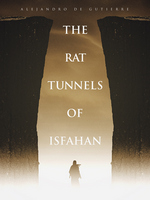 The Rat Tunnels of Isfahan
The Rat Tunnels of Isfahan



